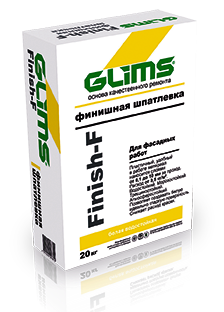

In this way, local release of gaseous phase is almost eliminated, even for extreme operation conditions. GLIMS has been considering this aspect in its detailed design and therefore adopted a unique streamlined meter profile. The above statement is correct as long as the flow of gases and liquids are at thermodynamic equilibrium which, for some metering designs, is not sufficiently considered to be an important source of errors.

For the given sample, thermodynamic equilibrium models (such as Peng- Robinson and others) are currently used to indicate the composition and amount of organic and inorganic components expected to be in the liquid and in the gaseous phases for known pressures and temperatures in the multiphase sensor metering zone. For any metering purposes the composition of gas and liquids is known and frequently measured through sampling and subsequent gas chromatography. The liquid “phase” could be a mixture of liquid oil components and formation water, as usually obtained from any oil reservoir, and the gas phase mixtures comprising reservoir gas mixed with gas released from liquids as the pressure of gas-liquid mixture is reduced from the reservoir deep location to the measuring point. Furthermore, the GLIMS operating principle applies mainly to mixtures of liquids and gas differentiated by two significantly different densities at the metering section. GLIMS is one of the newest entrants and it could potentially offer comparable accuracy with other providers of multiphase flow meters (MPFMs) today at significantly reduced CAPEX and OPEX.įor the purposes of this article and to better understand GLIMS’ operating principle, “multiphase flow” refers to mixtures of liquids and gases co-currently flowing through same wellbores. Th e need for dedicated multiphase metering devices has been steadily increasing as improved oil and gas reservoir management continues around the globe.Ī two-inch GLIMS prototype, mainly dedicated to smaller production facilities, is undergoing laboratory testing using the CGIS Flow Loop Facility.

By Peter Toma, director, PR Toma Consulting Ltd., Max Fischer, president, Fischer Consulting Ltd., and Ross Waters, chairman, CGIS


 0 kommentar(er)
0 kommentar(er)
